Figures & data
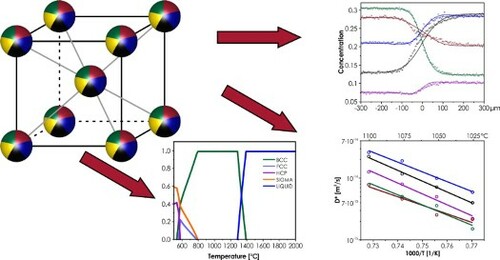
Figure 1. Temperature vs. phase fraction results calculated by the Thermo-Calc for equimolar alloys: (a) AlCrFeMnV; (b) CoCrFeMnV; (c) AlCrMnTiV; (d) AlFeMnNbV; (e) AlFeMnNbTi; (f) AlFeMnTiV; (g) AlMnNbTiV; (h) AlCrFeMoW; (i) AlCrNbVW; (j) AlCrFeMoV.
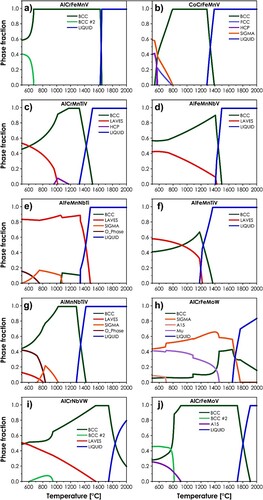
Figure 2. Isopleths of the Al-Cr-Fe-Mn-V phase diagram for: (a) Al; (b) Fe; (c) V; (d) Mn; (e) Cr. In all cases, all other elements are assumed to be in an equimolar ratio.
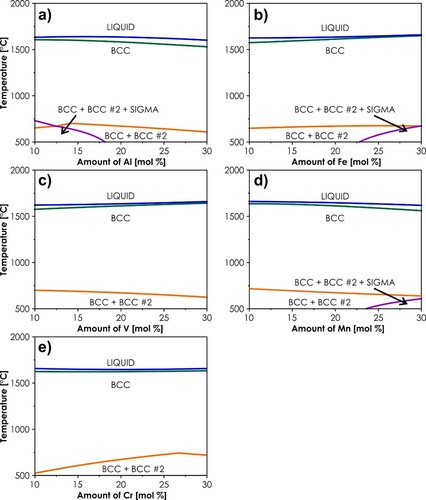
Table 1. Nominal and EDS measured compositions for the alloys used in the experiments. The melting (Tm, solidus) and Tamman (TT) temperatures were calculated with use of Thermo-Calc software.
Figure 3. The exemplary diffusion profiles determined for the Al-Cr-Fe-Mn-V diffusion couples, both experimental and theoretical values are presented: (a) couple A-C, T = 1100°C, t = 24 h; (b) couple A-D, T = 1075°C, t = 24 h; (c) couple B-C, T = 1050°C, t = 46 h; (d) couple B-D, T = 1025°C, t = 72 h.
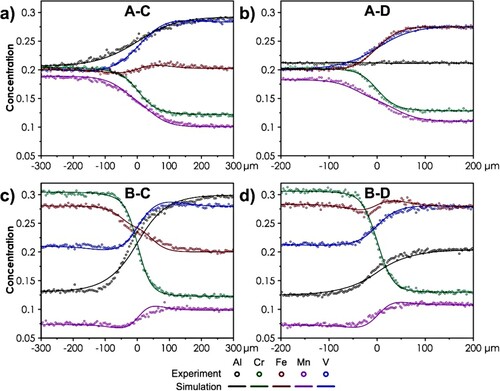
Table 2. The determined values of tracer diffusion coefficients for each experimental temperature. The values of
and Ea are also provided.
Figure 4. Arrhenius plot for the Al-Cr-Fe-Mn-V system: (a) tracer diffusion coefficients; (b) intrinsic diffusion coefficients. The open points correspond to the values determined for each considered temperature, while the lines represent the linear fits.
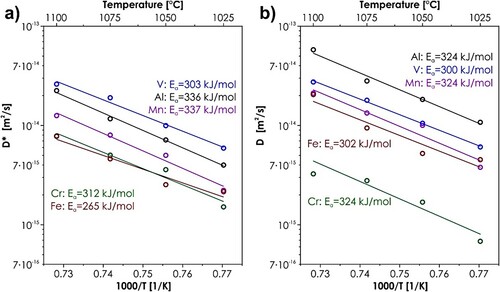
Figure 5. The values of tracer diffusion coefficients of different elements, in different BCC-structured metals and alloys [Citation34,Citation49–53]: (a) Al; (b) Cr; (c) Fe; (d) Mn; (e) V. All plots are presented in the temperature scale normalized with respect to the melting point value Tm of respective materials. The Tamman temperature, corresponding to the 2/3 of the absolute Tm value of is denoted by the vertical gray line. The open circles for the Al-Cr-Fe-Mn-V system correspond to the experimental points determined in this study, while the violet line shows the respective linear fit. Data for Co-Cr-Fe-Mn-Ni, FCC-structured system is also shown for reference [Citation28,Citation34,Citation49–53].
![Figure 5. The values of tracer diffusion coefficients of different elements, in different BCC-structured metals and alloys [Citation34,Citation49–53]: (a) Al; (b) Cr; (c) Fe; (d) Mn; (e) V. All plots are presented in the temperature scale normalized with respect to the melting point value Tm of respective materials. The Tamman temperature, corresponding to the 2/3 of the absolute Tm value of is denoted by the vertical gray line. The open circles for the Al-Cr-Fe-Mn-V system correspond to the experimental points determined in this study, while the violet line shows the respective linear fit. Data for Co-Cr-Fe-Mn-Ni, FCC-structured system is also shown for reference [Citation28,Citation34,Citation49–53].](/cms/asset/0290c336-6862-46ea-a9b9-86764ab56a4d/tmrl_a_2064728_f0005_oc.jpg)
